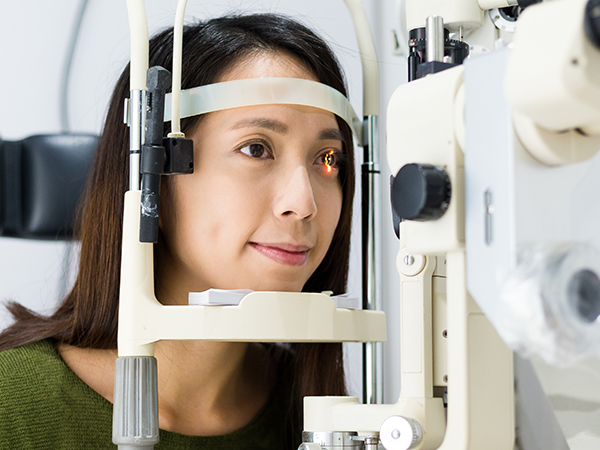
As parents, we want the best for our kids, and that includes their vision. Clear sight is important for learning, playing, and growing. Good eye care is necessary, especially during childhood.
Babies should have their first eye exam at six months old. Even if your child seems to be seeing well, problems like lazy eye (amblyopia) or crossed eyes (strabismus) can be hard to spot without a professional. Catching these issues early leads to better treatment outcomes.
Supports Learning and Development
Clear vision is vital for academic success. Children need to see well to focus on schoolwork. Kids who struggle to see the board or read might get frustrated or fall behind. Proper vision helps your child concentrate, enjoy reading, and fully engage in classroom activities.
Preventing Future Eye Problems
Taking care of your child’s eyes early can prevent more significant issues. For example, myopia (nearsightedness) worsens as children grow. Seeing an eye doctor regularly for eye exams helps to catch any changes early.
This leads to faster intervention and management, resulting in slower progression of conditions like myopia. Encouraging outdoor play and limiting screen time reduces the risk of developing eye problems later in life.
Promotes Healthy Eye Habits
Good eye care goes beyond exams. Limit their screen time, especially for young kids, and encourage them to play outdoors. This reduces eye strain and maintains good vision. A balanced diet that has enough vitamins A and C, found in carrots and spinach, also supports healthy eyes.
The Emotional Benefits of Good Vision
When children can see clearly, they feel more confident. They can participate fully in activities, from schoolwork to sports. Whether reading a book or playing outside, clear vision improves the experience. Kids feel more independent and capable when they do not worry about sight.
Key Pediatric Eye Conditions to Watch For
Eye exams are vital for detecting general vision issues as well as these specific ones:
Amblyopia (Lazy Eye) — This occurs when one eye does not develop proper vision, often due to misalignment. It can be corrected with early treatment, such as eye patches or glasses.
Strabismus (Crossed Eyes) — This condition causes the eyes to misalign. It affects depth perception and requires surgery or vision therapy to correct.
Nearsightedness (Myopia) — Children with myopia can see nearby objects clearly, but distant objects appear blurry. Eye exams help to monitor and slow down myopic progression.
Hyperopia (Farsightedness) — Children with hyperopia see distant objects clearly but have a hard time focusing on nearby items. Glasses or corrective lenses can help.
Color Vision Deficiency — While not always detected right away, this condition affects how children perceive colors. It may not be noticeable to children until they are older, especially if they do not have regular vision checks.
Building a Foundation for Lifelong Eye Health
By prioritizing pediatric eye care, you are giving your child a solid foundation for lifelong eye health. Starting with early eye exams, developing healthy habits, and addressing vision issues as they arise help to establish and maintain clear vision for your child.
Regular checkups and the right treatments will help prevent many common eye problems, allowing your child to grow and thrive with excellent vision.
For more benefits of pediatric eye care, visit Envision Eyecare at our office in Phoenix, Arizona. Call (602) 494-7336 to book an appointment today.





